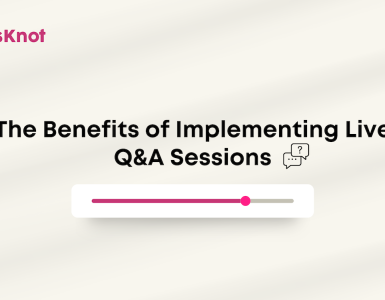The need for a customized approach to student learning has recently been at the forefront of discussions in the education world. Students’ ability to progress through the material based on their current knowledge (and previous experience) allows a student to focus on the gaps and accelerate through the material.
So what is Competency-Based Education?
Transitioning away from seat time, in favor of a structure that creates flexibility, allows students to progress as they demonstrate mastery of academic content, regardless of time, place, or pace of learning.

Competency-based strategies provide flexibility so that credit can be earned or awarded and provide students with personalized learning opportunities. These strategies include online and blended learning, dual enrollment and early college high schools, project-based and community-based learning, and credit recovery, among others.
This type of learning leads to better student engagement because the content is relevant to each student and tailored to their unique needs. It also leads to better student outcomes because the pace of learning is customized to each student. (U.S. Department of Education, 2019)
Education technology is thought of as the “horsepower in an engine,” and for a good reason. Without it, your car won’t budge. With it, your students can embrace technology in a way that best delivers learning in the classroom, which translates to career success out of the classroom.
So why aren’t more people using these tools in the classroom? Because there’s a lot unknown and administrators struggle with deciding what actually is beneficial versus what is just a bunch of nonsense.
CampusKnot keeps it simple and effective. Offering a student participation tool that allows students to contact their peers and classmates 24/7 based on their time.
Embracing the most advanced technology in the market by providing a simple and easy-to-use experience for the teacher and student alike.





692 comments